Our Research
The fourth division (BP4) of The Fundamental Research Department (Departament Badań Podstawowych) deals with research in astrophysics and astronomy, mainly their observational aspects. The BP4 division is located in Warsaw at 7 Pasteura street.
The research conducted at the Astrophysics Laboratory includes:
- Cosmology: CMB, large structures of the Universe, dark matter, non-standard cosmology and gravitational lensing
- Gravitational waves: Multi-messenger astronomy, new tools for cosmology
- Physics of galaxies: Formation and evolution of galaxies, AGN, quasars and gamma-ray burst
- Interstellar medium: Star formation, neutron stars and white dwarfs
The BP4 division is also involved in several international projects. Check our Scientific Projects page for more information.
Seminars
Upcoming seminars for all of NCBJ can be found here.
The seminar archive for NCBJ can be found here.
Latest News
Scroll down for the latest news about the research done by our division or click here.
World News
dr Pratik Dabhade from BP4 was a leading author in a recent paper studying odd radio circles. The paper, published in MNRAS, found an extremely rare double-ringed odd radio circle. This has created a stir around the world, attracting the attention of CNN (https://edition.cnn.com/2025/10/14/science/odd-radio-circles-double-rings) and CBS (https://www.cbsnews.com/news/most-powerful-odd-radio-circle-twins-ever-detected/).Conference Participation
BP4 participate in may national and intersectional conferences. We share our cutting edge research and enthusiasm with other astronomers across the world. Below are pictures from our trips across the globe over the last year or so.
Latest News
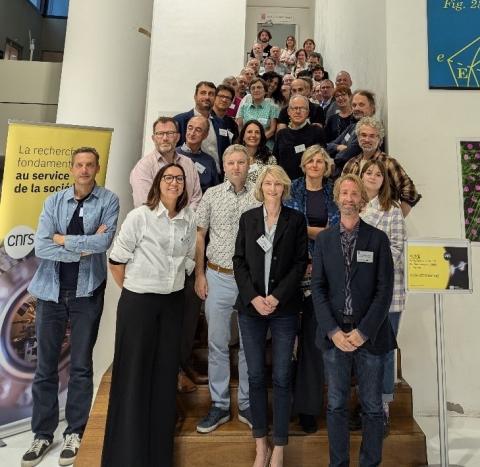
The kick-off of the Astrophysics Centre for Multimessenger studies in Europe ACME, an EU-funded project built by and for the astroparticle and the astronomy communities
With 40 world-class collaborating institutions from 14 countries, ACME brings together the astroparticle and astronomy communities in a joint effort to forge a basis for strengthened long-term collaboration between these research infrastructures irrespective of location and level up access opportunities across Europe and beyond. The National Centre for Nuclear Research node is one of the most active partners of the ACME consortium.
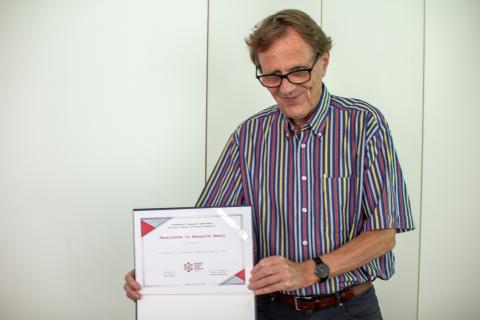
Last year's best achievements in basic research
On Monday, June 24, 2024, a Special Colloquium of the Fundamental Research Department of the National Centre for Nuclear Research was held, during which awards for achievements in 2023 were presented. The jury distinguished research on low brightness galaxies and for attempts to explain phenomena occurring during collisions of relativistic ions. Popular science stories and essays in which the author managed to hide his fascination with discovering the universe were also honored.
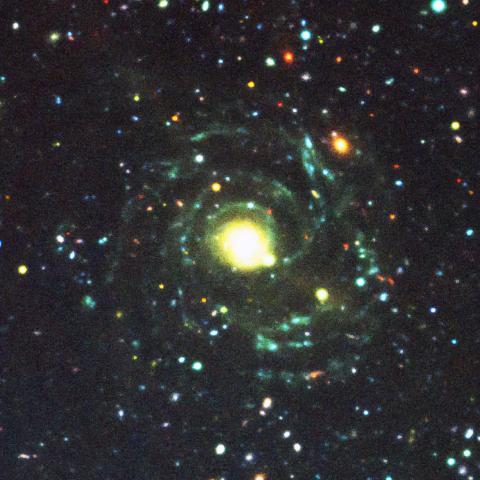
Barely visible galaxies are the key to understanding the Universe
When we look at the night sky, we cannot free ourselves from questions. We wonder if it is possible to count the stars. We imagine how great a distance separates us from them. When we realize what a light year actually is, we are surprised to discover that we are actually looking into the further or closer past. Scientists from the National Center for Nuclear Research experience a similar fascination, looking for answers to these and other questions about how the Universe looks and works. In the coming years, this search will be able to be more effective thanks to the project „ Barely visible: low surface brightness galaxies in the LSST era” under the supervision of Prof. dr hab. Agnieszka Pollo financed by the National Science Center under the MAESTRO program.
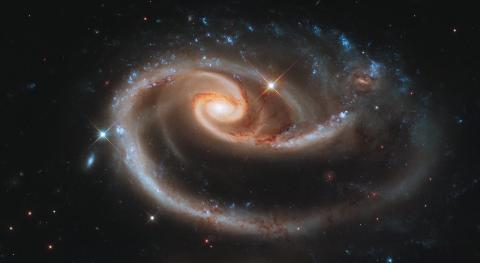
Smashing galaxies into dust
Dr William James Pearson will investigate how we can more reliably identify galaxy mergers using their morphologies and how mergers influence their dust content, dust attenuation, and metallicity. This will be done by combining artificial intelligence (AI) with more traditional methods to detect galaxy mergers as well as use state of the art. observations and techniques to study the galaxies’ dust and metal. Exploration of this fascinating topic will be possible thanks to a grant from the National Science Center under the SONATA programme.

NCBJ scientists elected as members of the Astronomy Committee of the Polish Academy of Sciences
On 14 May, nominations for members of the Committee on Astronomy of the Polish Academy of Sciences for the term 2024-2027 were announced. Among the members were scientists from the NCBJ's Astrophysics Division. Prof Katarzyna Małek was also elected to the Presidium of the Committee.
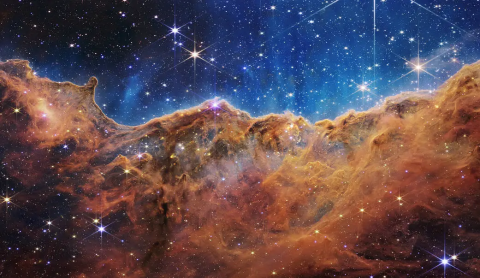
Can dust evaporate in harsh interstellar environments?
Dust represents an important component of the interstellar medium of galaxies and is involved in various physical processes. As a consequence, it is crucial to understand the factors that influence its formation and destruction. In a recent study, a team of scientists led by dr Ambra Nanni of the NCBJ’s Astrophysics Division analysed the effect of photo-evaporation on the survival of dust in the interstellar medium of galaxies.












